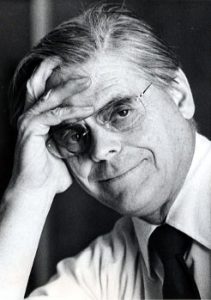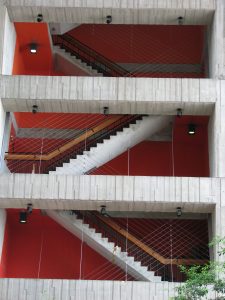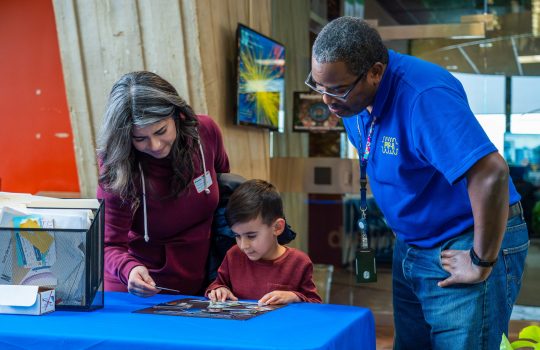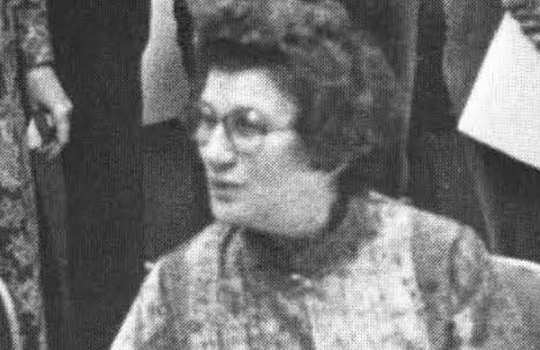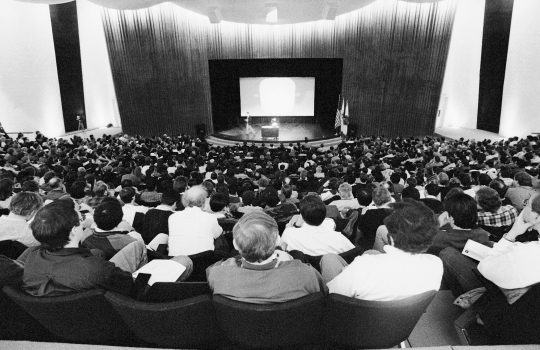It was in 1979. I was visiting the Fermilab on release from CERN, as a guest scientist, and enjoying the wonderful spirit of a young laboratory of world standing. It was a privilege, and my wife and I were able to rent a house on the site at Sauk Circle, right where the action was and conveniently near the various labs and workshops.
The director, Leon Lederman, had a house on the site too, and he and his wife Ellen had invited us to a dinner party one evening. On this occasion they had asked Leon’s secretary and a notable guest, Robert Wilson, the founder of the lab and Leon’s predecessor. Very exciting.
An interesting dinner guest was Professor Wilson. He regaled us with stories of the early days of the lab, and how he had juggled with his duties at the lab and his professorial responsibilities in Ithaca, New York, by commuting in chartered aircraft at least once a week.
He also told the story of the walnut trees, which I now repeat for the record.
Soon after the site was designated and taken over by the U.S. government, and before a security fence and checkpoints were in place, some thieves succeeded in cutting down several beautiful, mature walnut trees, the trunks of which they were clearly intending to collect and sell for a considerable sum. As it happens, they never returned to remove them for fear of apprehension now that their misdeed had been noticed.
Robert Rathbun Wilson was faced with a dilemma. Obviously this valuable resource, the property of the United States, had to be exploited for the benefit of its owners as efficiently as possible. After making inquiries, he discovered that because walnut was used to make veneer for fine furniture, these tree trunks were potentially very valuable. Thousands of dollars were involved. He decided to store the tree trunks as a budget reserve which would come in useful if he ever had to deal with a shortfall.
Three or four years later, the opportunity arose to use his timber nest egg. He then discovered what his informants had failed to tell him. The tree has to be reduced to veneer within a short time of felling. Disappointing. By now, it was just high-class furniture wood. Its potential as a source of veneer had been lost and its value was considerably lower.
He decided to make the best of it. The now seasoned timber would be used for the benefit of the newly constructed high-rise building.
And that is why the handrails in all the stairways of what is now called Wilson Hall are made of the very finest solid American Walnut.
Frank Beck is a retired CERN staff member living in England. He spent two years at the Fermilab as head of research services when the Energy Saver was being commissioned.
Editor’s note: Since posting this article, a couple of readers have chimed in with more information about the fate of the walnut trees. Some of the wood went into the construction of Ramsey Auditorium. Check out the History and Archives Project and a 1971 issue and a 1976 issue of The Village Crier (see page 2 in both). Read about the preservation of trees on the lab site and see a photo of the walnut trees from 1969 (here’s the 1969 newsletter). The same wood was used in 1981 to make the letters on the auditorium.

